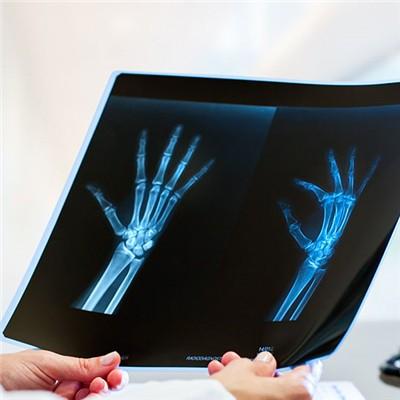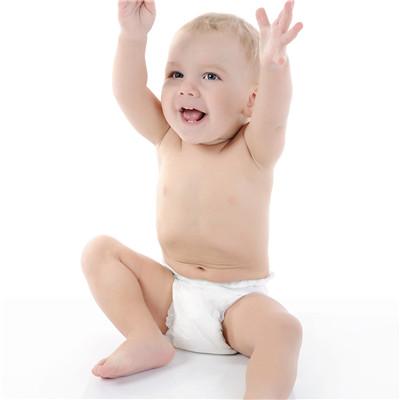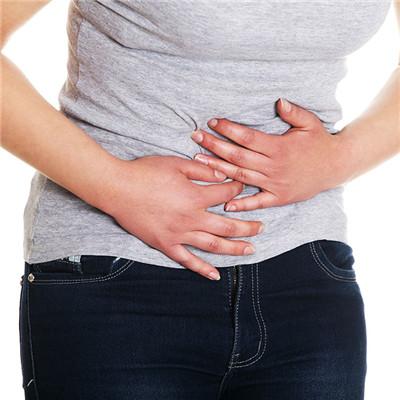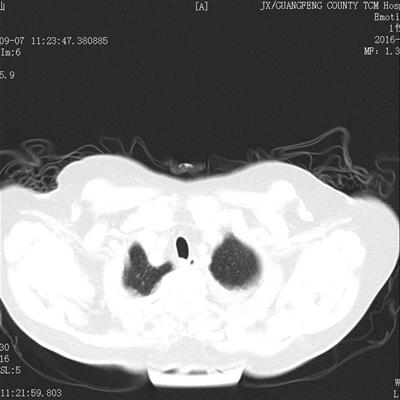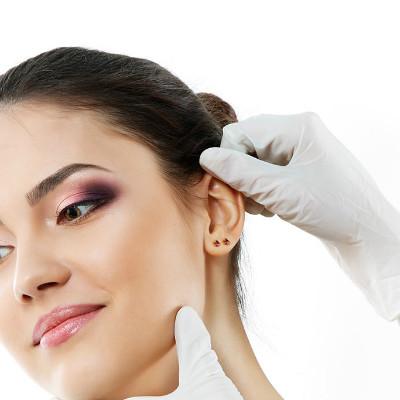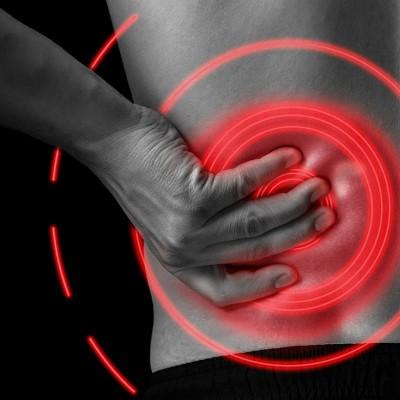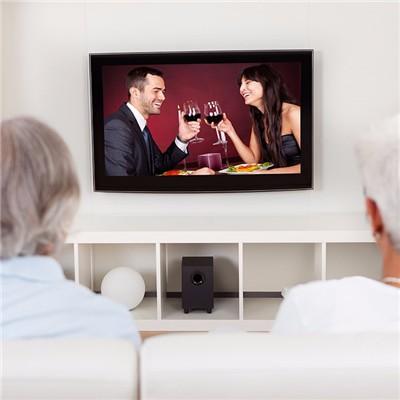How is child giddy to return a responsibility?
summary
Pediatric outpatient and emergency department often encounter some cases of syncope, the symptoms are mild to nothing, some children have recurrent attacks, which affect the physical and mental health and quality of life of children, and also cause great psychological pressure to parents. Today, let me share with you how the child dizziness is going on?.
How is child giddy to return a responsibility?
First, syncope refers to the transient loss of consciousness caused by the transient lack of blood supply to the brain. It is often accompanied by the decrease or loss of muscle tension and can not maintain the autonomous position. It has the characteristics of rapid onset, short duration and self recovery. Syncope is a common childhood emergency. Domestic data show that 20-30% of children aged 5-18 have experienced syncope at least once, and the incidence of girls is higher than boys.

Second, syncope can be caused by many reasons, including autonomic nerve mediated syncope, cardiogenic syncope and unexplained syncope. Autonomic nerve mediated syncope is the most common basic disease in children's syncope, accounting for about 70-80%, including vasovagal syncope, postural tachycardia syndrome, orthostatic hypotension, orthostatic hypertension, situational syncope, etc. Children with autonomic nerve-mediated syncope are more common in adolescent girls, and most of them are in standing position when they attack. Before the attack, there are obvious inducements, such as standing for a long time, sultry environment, mental tension, etc., and there are often significant symptoms of syncope, such as dizziness, blurred vision, nausea, vomiting, etc. Head up test and head up tilt test can trigger autonomic nerve-mediated syncope. It is easy for children to cooperate, well tolerated and easy to operate. It has diagnostic value for autonomic nerve-mediated syncope. Cardiogenic syncope is caused by the abnormal structure or rhythm of the heart. It can occur at any age. The premonitory symptoms are not obvious before syncope attack. Exercise can induce syncope attack, which has nothing to do with posture. Although it is rare, it has a high risk of sudden death and is very dangerous. Electrocardiogram, Holter and echocardiography are valuable in the diagnosis of cardiogenic syncope, and should be carefully checked in the process of diagnosis, Early diagnosis. In addition, it should be differentiated from some "pseudosyncope", such as epilepsy, hypoglycemia, psychogenic syncope, to reduce misdiagnosis.
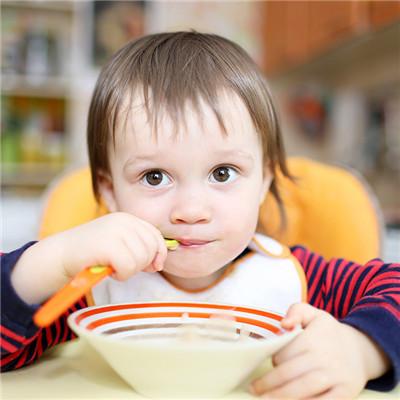
Thirdly, the treatment of syncope in children should be standardized, etiological and individualized. The main goal is to prevent the recurrence of syncope and the injury caused by syncope, reduce the risk of death and improve the quality of life. Treatment measures include autonomic nerve function exercise and physical therapy, increasing salt and liquid intake therapy, drug therapy, pacing therapy, radiofrequency ablation therapy, etc.

matters needing attention
In short, there are many causes of syncope in children, autonomic nerve mediated syncope is the most common, cardiogenic syncope is the most dangerous. For children with recurrent syncope should be paid attention to, timely to the hospital, determine the cause of disease under the guidance of the doctor for treatment, prevention of recurrence.



